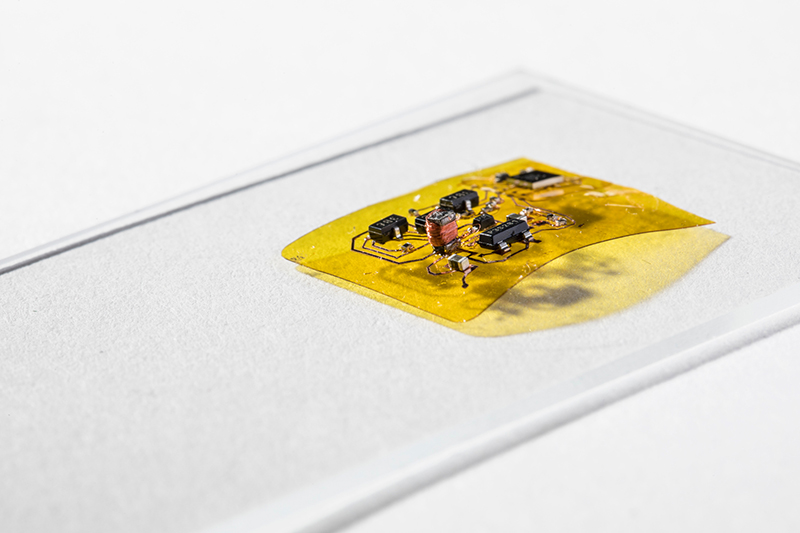Engineers at the University of Washington have added a brain to their RoboFly, so it can finally take its first solo wing flaps. Its wings move by fluttering from laser energy, since a propeller would be too large to fit on this small ‘bot.’ Originally, their robots were “ground insects” because the electronics were too heavy for the robot to carry.
“Before now, the concept of wireless insect-sized flying robots was science fiction. Would we ever be able to make them work without needing a wire?” said co-author Sawyer Fuller, assistant professor in the UW Department of Mechanical Engineering, according to Washington University. “Our new wireless RoboFly shows they’re much closer to real life.”
The RoboFly is powered by a laser beam and uses a tiny onboard circuit to convert the laser energy into electricity for wing operation. The challenge for the researchers was to engineer the wings to actually fly. In the previous robo-insect, known as RoboBee, it was powered by wires from the ground keeping it at bay with a leash. Fuller’s team decided they wanted to take it one-step further and create a flying robot that could operate on its own.
By pointing the laser beam at the photovoltaic cell, they were able to convert the laser light into electricity to help propel RoboFly.
“It was the most efficient way to quickly transmit a lot of power to RoboFly without adding much weight,” said co-author Shyam Gollakota, an associate professor in the UW’s Paul G. Allen School of Computer Science & Engineering.
The laser is not enough by itself to move the wings, so the team engineered a circuit that increased the seven volts coming from the photovoltaic cell to 240 volts. This volt increase powered lift off.

They also provided a brain by adding a microcontroller on the same circuit so RoboFly could have control over its own wings.
“The microcontroller acts like a real fly’s brain telling wing muscles when to fire,” said co-author Vikram Iyer, a doctoral student in the UW Department of Electrical Engineering. “On RoboFly, it tells the wings things like ‘flap hard now’ or ‘don’t flap.’”
Right now, RoboFly can take off or land. Once the photovoltaic cell is out of the laser’s sight, the robot runs out of power and lands. The team hopes to advance the mechanics to steer the laser so RoboFly can hover and fly around.
The researchers said future versions of RoboFly may use tiny batteries or harvest energy from radio frequency signals so the power source can be modified for specific tasks.
These insect-sized robots could help with tasks such as surveying the growth of crops on large farms or sniffing out gas leaks.
“I’d really like to make one that finds methane leaks,” Fuller said. “You could buy a suitcase full of them, open it up, and they would fly around your building looking for plumes of gas coming out of leaky pipes. If these robots can make it easy to find leaks, they will be much more likely to be patched up, which will reduce greenhouse emissions. This is inspired by real flies, which are really good at flying around looking for smelly things. So we think this is a good application for our RoboFly.”

